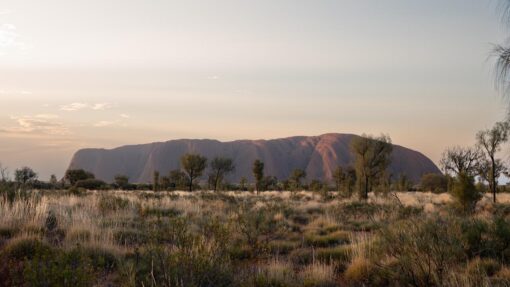Bushfire-fighting chemicals stunt, kill frogs: study
Tracey Ferrier |
New-generation bushfire-fighting chemicals can severely stunt the development of frogs or kill them, a new Queensland study shows.
Researchers from Griffith University have assessed two chemicals used as alternatives to toxic and highly persistent substances called PFAS.
Dubbed forever chemicals because they can build up in plants and animals, PFAS were historically used in firefighting foams before scientists worked out how harmful they are for the environment, including wildlife.
But now there’s concerning news about their replacements – two chemicals called Phos-Chek LC95W and BlazeTamer380.
“This study shows that run-off or accidental application of these chemicals into small waterways can have significant implications for the growth of frogs, impairing the development of striped marsh frog tadpoles and even leading to death,” says eco-toxicologist and study author Chantal Lanctot.
Researchers from the university’s Australian Rivers Institute exposed the tadpoles to two concentrations of either Phos-Chek or BlazeTamer for 16 days.
Both affected the growth and development of tadpoles.
And Phos-Chek LC95W killed all but eight per cent of tadpoles by day 16, at the upper concentration that was tested.
Dr Lanctot says this is the first stage of research and the results demonstrate the need for further studies, including effects on adult frogs and endangered species.
Systems also need to be set up to ensure researchers can get into fire grounds where the chemicals have been used, and determine what concentrations actually end up in the environment.
There’s a lot on the line as climate change fuels more frequent and more intense fires.
When the Black Summer bushfires swept across Australia a few years ago, many World Heritage sites burnt. That led to firefighting chemicals being dumped on pristine areas, where many frog species live and breed.
“The landscape-scale application of firefighting chemicals could have important ramifications for sensitive frog species,” warns co-author and wildlife disease expert Laura Grogan.
She says that is especially true for species that are already threatened by chytridiomycosis, an infectious disease that affects amphibians worldwide.
The disease is caused by the skin-attacking amphibian chytrid fungus, which is widespread in Australia, and is also found in Africa, the US, South America, Europe, New Zealand and Asia.
Phos-Chek was tested at a concentration of 0.25 grams and one gram per litre, and BlazeTamer at 0.05 grams, and 0.2 grams per litre.
The study has been published in the journal Aquatic Toxicology.
AAP


